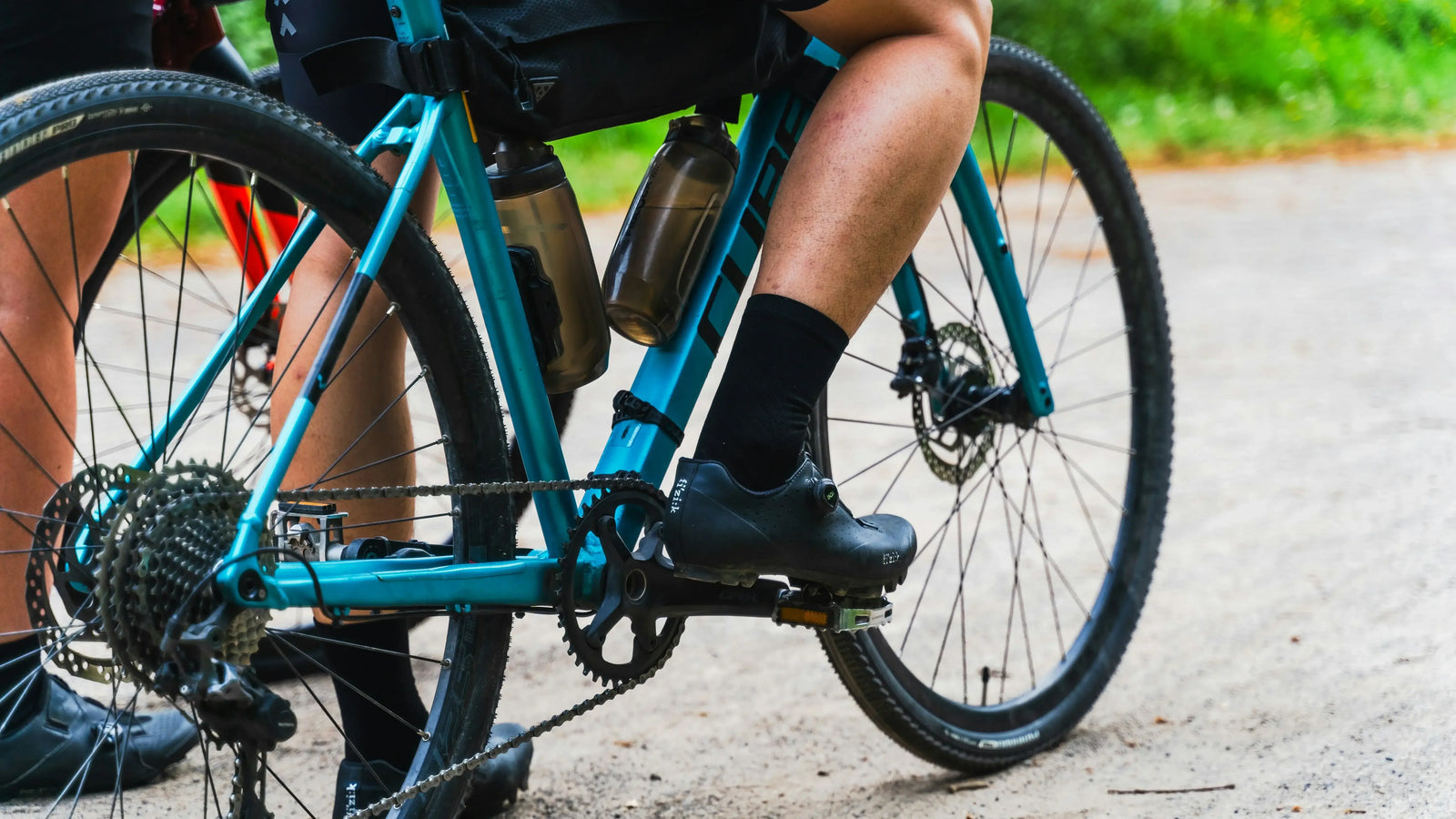
Cycling Knee Pain: Causes and How to Fix It for Electric Bike Riders
Cycling is a fantastic way to stay active, especially with the growing popularity of electric bikes. However, knee pain can sometimes put a damper on the experience. Whether you're a seasoned cyclist or just enjoying leisurely rides, understanding the causes of cycling knee pain and knowing how to fix it is crucial.
In this article, we'll explore the common reasons behind knee pain for electric bike riders and provide practical solutions to help you ride pain-free.
Understanding Cycling Knee Pain
Cycling knee pain is a common issue that can affect riders of all levels. It often stems from repetitive motion, improper bike fit, muscle imbalances, or poor pedaling technique. Let's delve into these causes in more detail.
Common Causes of Knee Pain
Muscle Imbalances
Muscle imbalances occur when certain muscles are stronger or more dominant than others, leading to uneven stress on the knees. For example, if your quadriceps are much stronger than your hamstrings, this can cause the knee joint to be pulled in an unnatural way, resulting in pain.
Bike Fit Issues
A poorly adjusted bike can be a major contributor to knee pain. If your seat is too high or too low, or if your pedals are not positioned correctly, it can lead to unnecessary strain on your knees.
Incorrect Pedaling Technique
Pedaling is not just about moving your feet in circles. Using an incorrect technique can increase the risk of knee pain. For instance, pushing too hard on the pedals or having your knees flared outwards during the pedal stroke can cause discomfort over time.

How to Fix Cycling Knee Pain
Now that we've identified the causes, let's look at how to fix cycling knee pain for electric bike riders.
Address Muscle Imbalances
To correct muscle imbalances, focus on strengthening weaker muscles while maintaining flexibility in stronger ones. Incorporate exercises that target your hamstrings, glutes, and core into your routine. Stretching regularly can also help maintain muscle balance and prevent knee pain.
Ensure Proper Bike Fit
A proper e bike fit is essential for a comfortable ride. Here are some adjustments to consider:
-
Saddle Height: Your saddle should be at a height where your leg is almost fully extended at the bottom of the pedal stroke, with a slight bend in the knee.
-
Saddle Position: Make sure your saddle is not too far forward or backward. Your knee should be aligned with the pedal spindle when your pedal is at the 3 o'clock position.
-
Handlebar Height: Adjust the handlebars so that you can reach them comfortably without straining your back or shoulders.
Improve Pedaling Technique
Proper pedaling technique can greatly reduce the risk of knee pain. Here are a few tips:
-
Keep Knees Aligned: Ensure that your knees track in a straight line over your feet as you pedal. Avoid letting your knees flare outwards.
-
Use a Smooth Pedal Stroke: Focus on applying even pressure throughout the pedal stroke, rather than stomping on the pedals.
-
Avoid High Gears: Using electric bike gears that are too high can force you to exert more pressure, leading to knee pain. Shift to a lower gear to maintain a steady cadence.

Additional Tips for Electric Bike Riders
Electric bikes offer some unique advantages that can help alleviate knee pain:
-
Use the Electric Assist Wisely: Take advantage of the electric motor to reduce the strain on your knees, especially when climbing hills or accelerating from a stop.
-
Choose the Right E-Bike: Some electric bikes come with advanced features like adjustable pedal assist levels and suspension, which can enhance comfort and reduce stress on your knees.



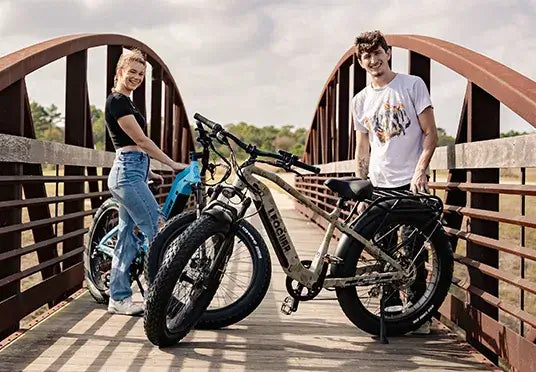
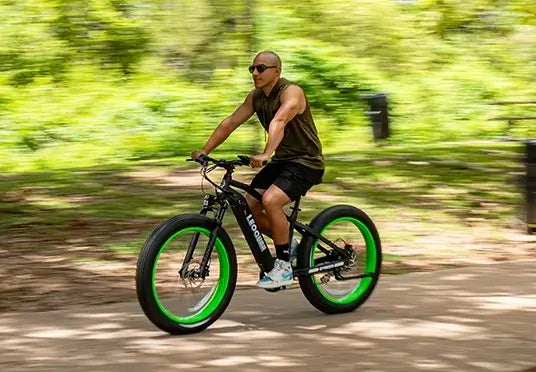
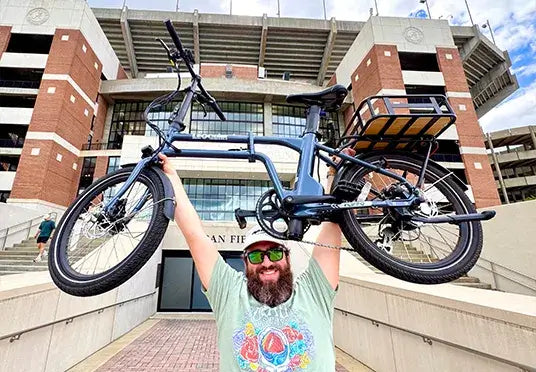
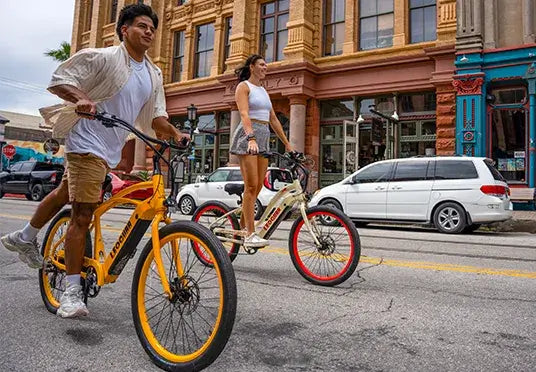
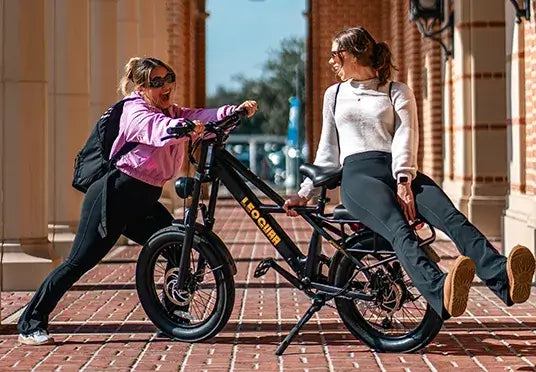
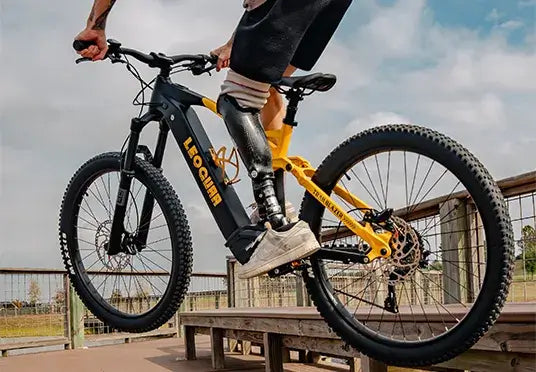

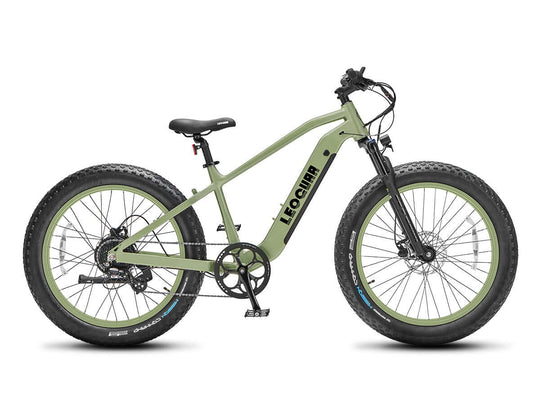
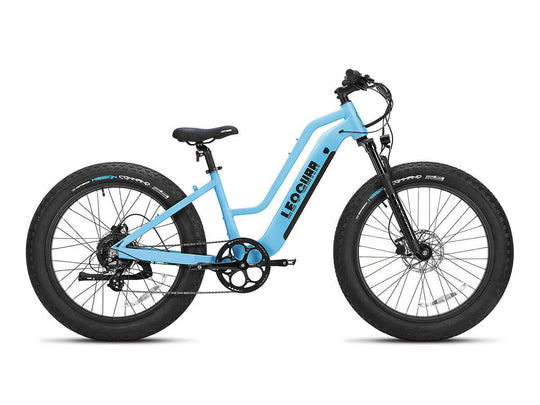
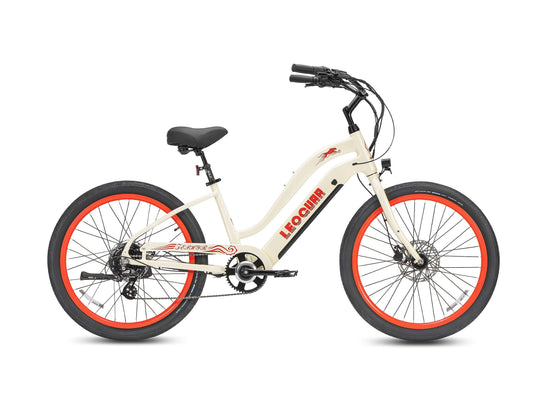
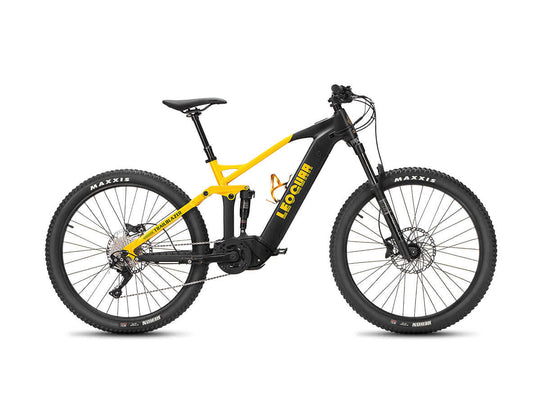
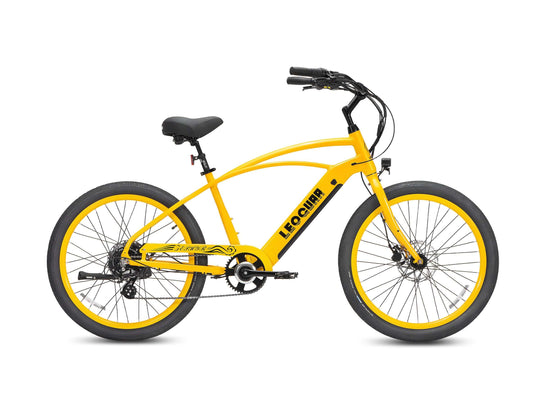
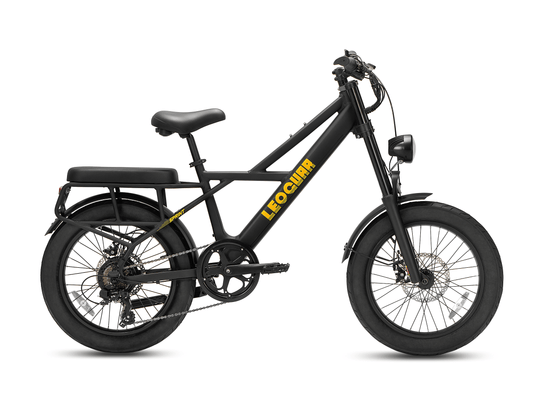

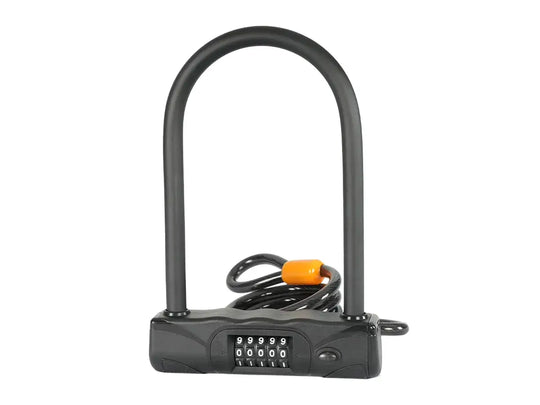
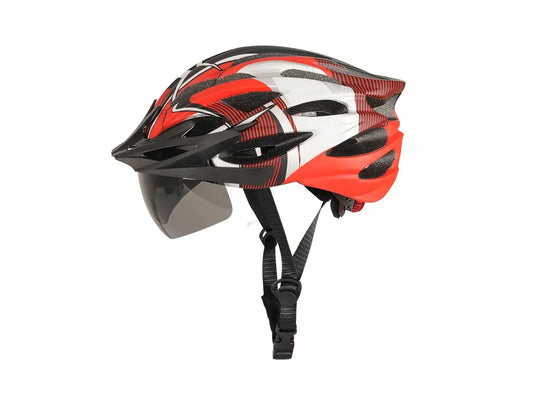
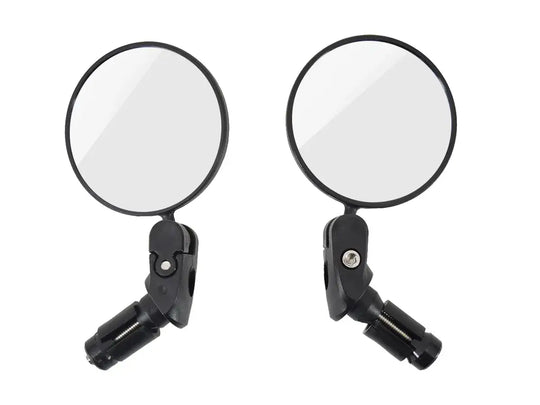

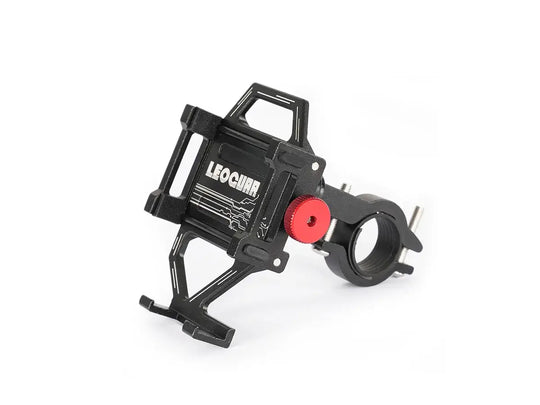
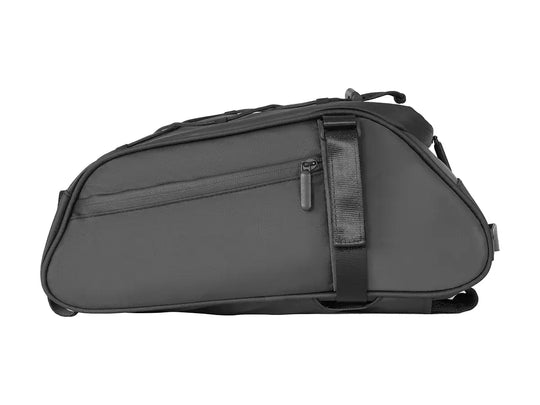
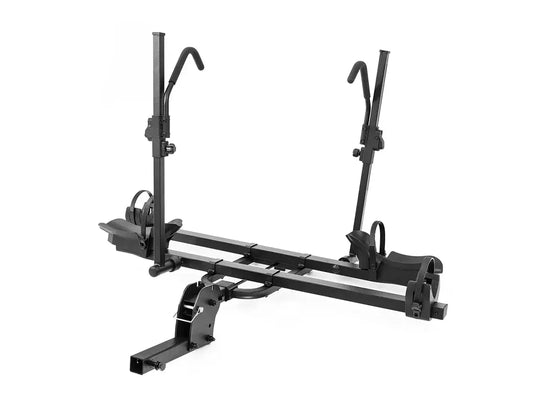
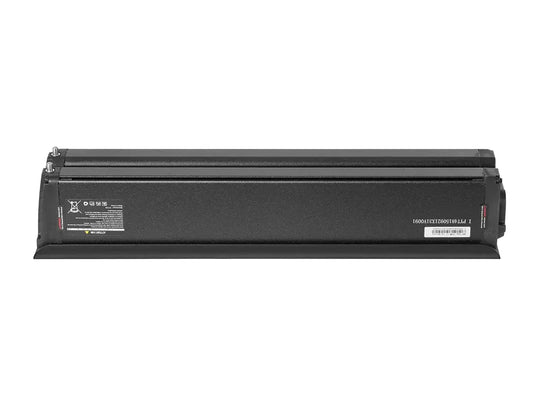
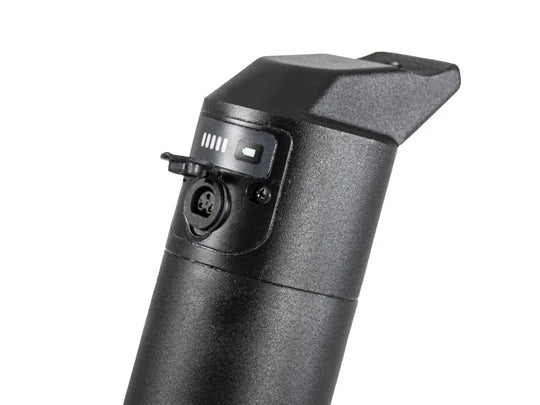
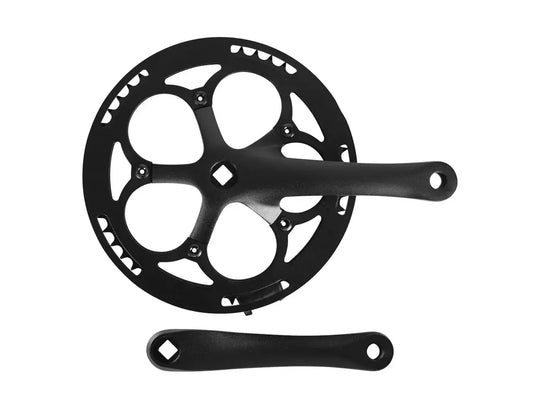
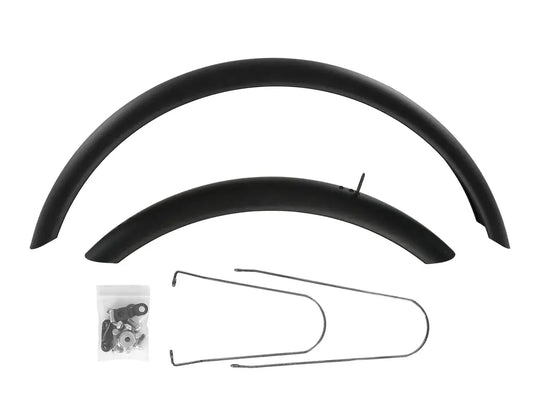
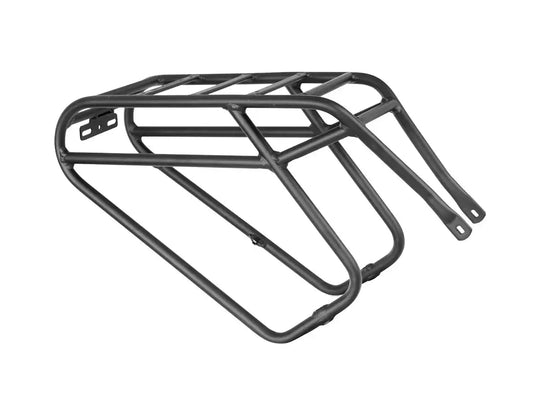
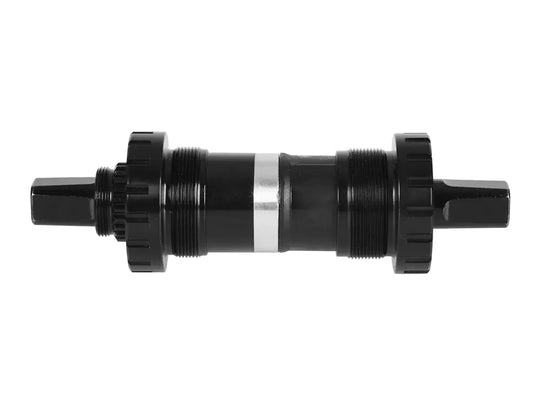
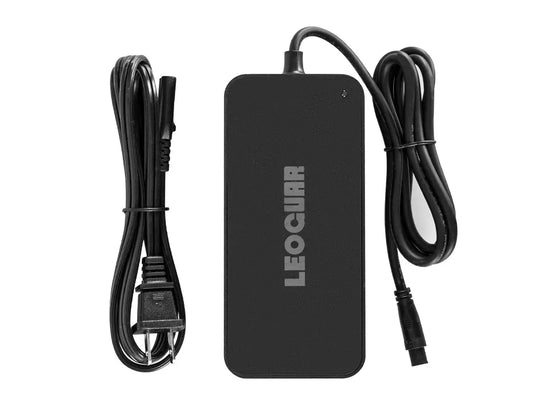
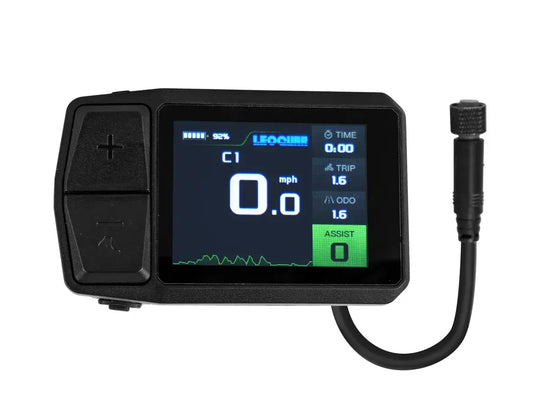
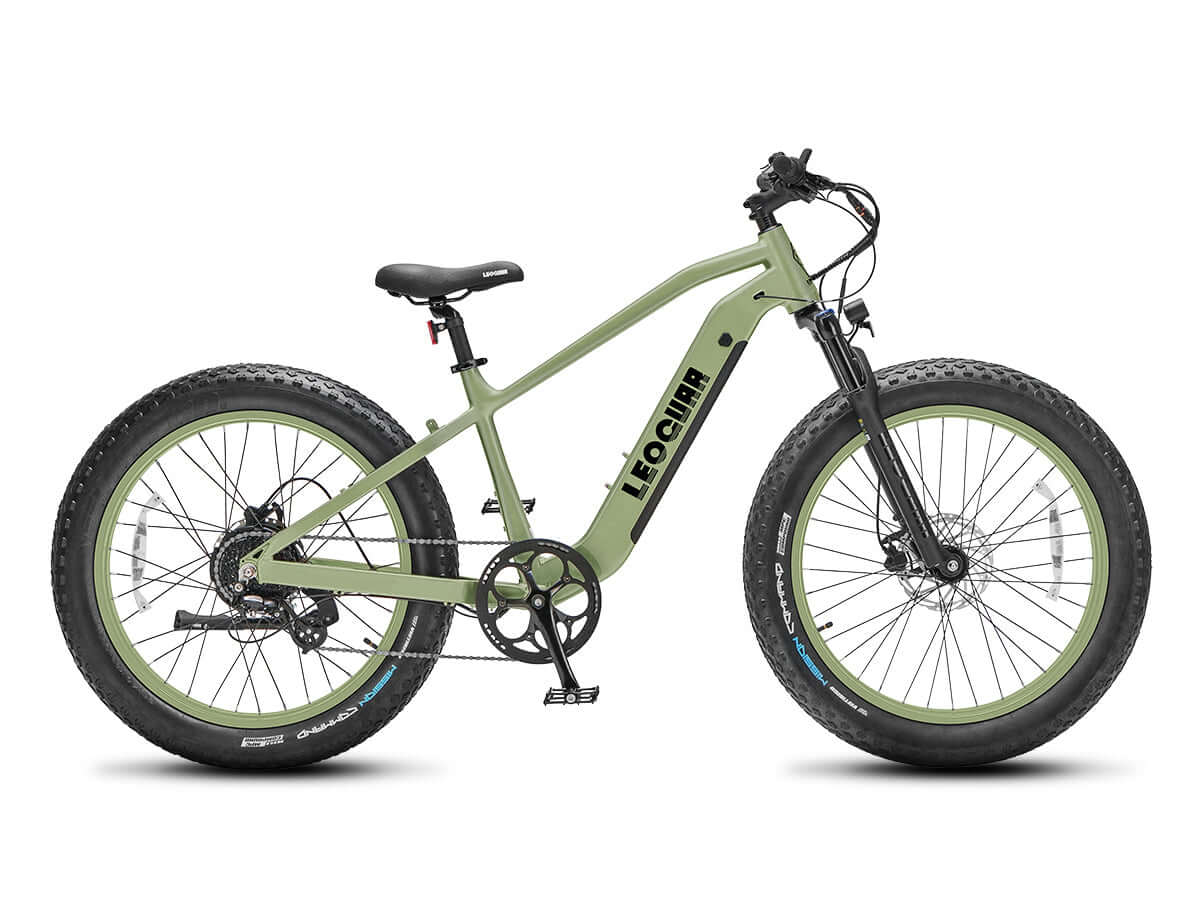








Leave a comment